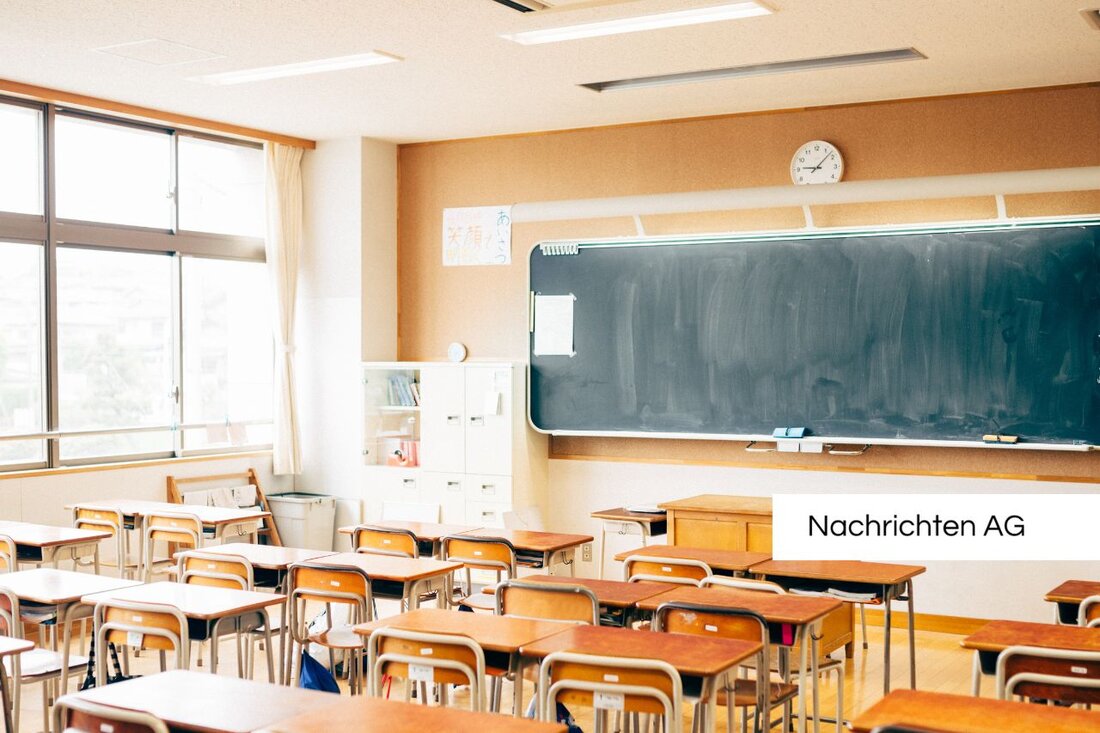Seat stories from Zweibrücken: From Schoolbar to Stadtpark!
Seat stories from Zweibrücken: From Schoolbar to Stadtpark!
The columnist "The Sepp from Hallplatz" tells of its "seat stories" in Zweibrücken and not only illuminates the city-famous culture, but also refers to social issues. In his latest post, he describes that the common expression "The do has Schunn Sitze Misse" is often applied to people who were in prison. This phrase is part of a lively history of dialect that shapes the identity of the city. A particularly distinctive character in this context is the beggar "de Patt", which is known to do its "money transactions" in two selected places: in front of the Marhoffer bookstore and on the staircase on the main post.
hikes through the city brought the Sepp on Saturday from the AWO senior home at the Rosengarten to the city center. During his walk, he tried the new seating in front of the Helmholtz High School. A friendly jogger asked him if he needed help, but the Sepp was thankful and appreciated the passers -by. In the past, the Schnewwelee-Gymnasium was with the sentence: "Do you know in the Schnewwelee-Gymnasium?" Part of local school humor, which shows how deep the teacher-student relationships are rooted here. For many, this school was also the synonym for the phenomenon of the "sitting leather", while some students had to react intimidly to the teacher.
The history of the city
Zweibrücken, known today as "Germany's rose and horse city", looks back on a long and changeable story. As early as 1150, the Counts of Saarbrücken built a castle in the river loop of the Schwarzbach, and the city's first documentary mention took place in 1170. In 1352 Zweibrücken obtained the city rights by King Charles IV. This municipal achievement represents an important milestone in the development of the city. From 1410, Zweibrücken under Duke Stephan I was part of the Duchy of Palatinate-Zweibrücken, which resulted in a cultural and political upswing. A remarkable point in city history was the establishment of manufacturers and the establishment of important institutions, including a princely library.
The city also learned serious setbacks. She was conquered and devastated during the Thirty Years' War, and the city was badly damaged in the French occupation period from 1681-1697. In a tragic way undercored, an air raid on March 14, 1945 the devastation, which destroyed over 80 % of the city. But after 1945 the reconstruction began, and Zweibrücken started an economic dominance in the area of various industries until the 20th century, which rose from 1900 to around 30,000 in 1939.
modern developments and future visions
The developments of the past decades show that Zweibrücken does not stand still. The city has been seen as a "model project" for conversion since 1994 and has developed greatly in the course of this. With the opening of the university of applied sciences on the grounds of a former US barracks and the increase to around 39,000 inhabitants, the city shows a positive demographic development. In addition, the structure of the designer outlet, which attracts millions of visitors, gave new economic impulses.
This continues to perceive Zweibrücken as a place with both a historical heritage and future-oriented perspectives, while the "seat stories" of people such as the Sepp keep the colorful culture and the social reality of the city alive.
reports about the cultural stories in the city, while Zweibrücken.de provides comprehensive information on city history. Further details on urban development can be found on alt-zweibruecken.de
| Details | |
|---|---|
| Ort | Zweibrücken, Deutschland |
| Quellen | |


Kommentare (0)